
Fixed gear bikes are becoming more popular among cycling enthusiasts. This type of bike does not have a freewheel mechanism, which means that the pedals are connected to the rear wheel at all times. One unique component of fixed gear bikes is the fixed gear hub. In this blog, we’ll take a closer look at this vital component and why it makes fixed gear bikes such a joy to ride. 1. Anatomy of a Fixed Gear Hub A fixed gear hub is made up of several parts, including the hub shell, the lockring, and the track or threaded cog. The hub shell houses all the other components and is attached to the wheel axle. The lockring is threaded onto the hub and prevents the cog from coming loose. The cog is then attached directly to the hub, making the pedals and rear wheel work together as one. 2. Unique Riding Experience Riding a fixed gear bike with a fixed gear hub is a unique experience because of the continuous contact between the pedals and the rear wheel. This means that when the pedals turn, the wheels turn too. This can make it easier to accelerate and maneuver your bike, and you’ll feel a greater connection to your bike when you’re riding. 3. Simple Maintenance Another benefit of having a fixed gear hub is that it is relatively easy to maintain. There are fewer moving parts than on other types of bike hubs, and there are no cables or gears to worry about. A properly maintained fixed gear hub will provide you with years of reliable performance. 4. Versatility Fixed gear hubs are also versatile, allowing you to switch between different gear ratios by simply changing out the cog. This makes it easy to adjust your gear ratio based on your fitness level or the terrain you’re riding on. You can even have multiple cogs and swap them out according to your needs. 5. Aesthetic Appeal Finally, fixed gear hubs add a sleek, clean look to your bike. The lack of cables and gears gives the bike a minimalist appearance. Plus, you can customize your bike by choosing different colors and finishes for your hub. Conclusion: The fixed gear hub is an essential component of fixed gear bikes. It adds a unique riding experience, requires simple maintenance, and provides versatility when it comes to gear ratio. It also gives your bike a sleek and minimalist look, making it a popular choice among cycling enthusiasts. Whether you’re fiercely competitive or simply love riding bikes, the fixed gear hub can provide you with an unforgettable experience.
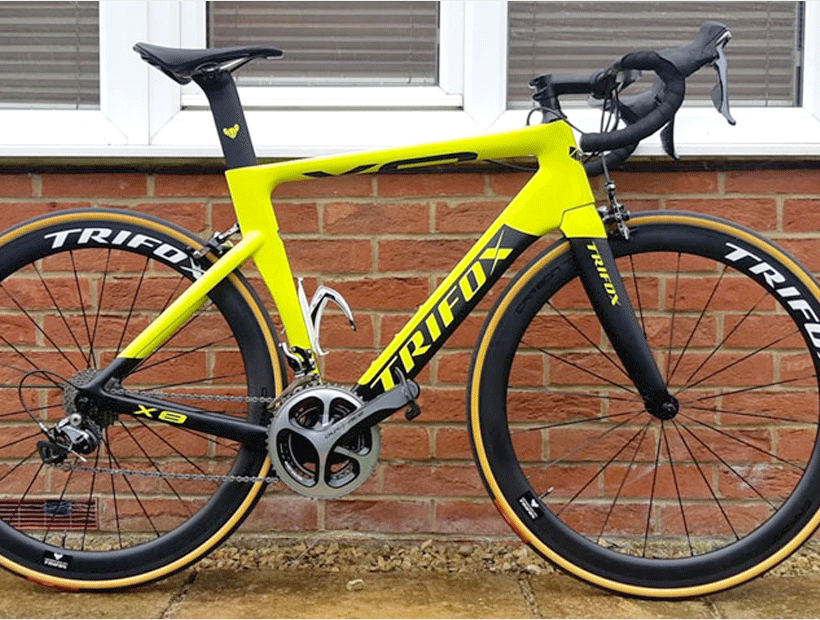
Are you looking to upgrade your bike and improve your cycling performance? You might want to consider investing in a disc wheelset. Disc wheelsets have become increasingly popular in the cycling community due to their numerous benefits. From improved aerodynamics to better stability, a disc wheelset can make a significant difference in your cycling experience. 1. What is a disc wheelset? A disc wheelset is a type of bicycle wheel that has a solid cover that surrounds the rim. Typically made from carbon fiber or plastic, the cover provides a smooth, aerodynamic surface. Unlike traditional spoked wheels, disc wheelsets are designed to reduce wind drag, which helps cyclists ride faster. Disc wheelsets are available in various sizes and styles to fit different types of bikes. 2. Benefits of a disc wheelset for cyclists: Disc wheelsets come with various benefits that can significantly improve your cycling performance. One of the most significant advantages is aerodynamics. The solid cover of the disc wheelset is designed to lower wind drag, allowing you to ride faster with less effort. Another benefit of disc wheelsets is their stiffness and stability. This is because disc wheels are often constructed from high-strength materials such as carbon fiber. This makes them stronger and more resistant to deformation than traditional spoked wheels. As a result, disc wheelsets offer better stability, especially when riding at high speeds or corners. 3. How to choose the right disc wheelset Choosing the right disc wheelset can be a confusing process, especially considering the variety of options available. When selecting a disc wheelset, it is important to consider the type of riding you do and your cycling goals. If you are a triathlete or a time trial rider, you might want to consider a deeper, more aerodynamic disc wheelset. However, if you are a road racer, a shallower disc wheelset that provides better stability might be a better fit for you. It is also crucial to make sure that the disc wheelset you choose is compatible with your bike's frame and brake system. 4. How to maintain a disc wheelset To keep your disc wheelset in top condition, you need to maintain them regularly. One of the most important steps is to regularly inspect the disc wheelset for signs of damage or wear. Check the disc cover for cracks or dents, ensure that the spokes are tight, and make sure the rim is true. It is also important to clean your disc wheelset frequently to prevent buildups of dirt and grime that can damage the components. You can use a soft cloth or sponge to clean the cover and spokes and a special cassette cleaning tool to clean the hub and cassette. Conclusion: If you are looking to upgrade your bike and improve your cycling performance, a disc wheelset can be an excellent accessory to consider. By investing in a disc wheelset, you can enjoy improved aerodynamics, better stability, and a faster ride. However, before making any purchase, it is important to consult with a cycling professional to choose a disc wheelset that suits your riding style, goals, and bike frame. With regular maintenance and proper care, your disc wheelset can last for many years and provide you with endless miles of smooth, effortless riding.
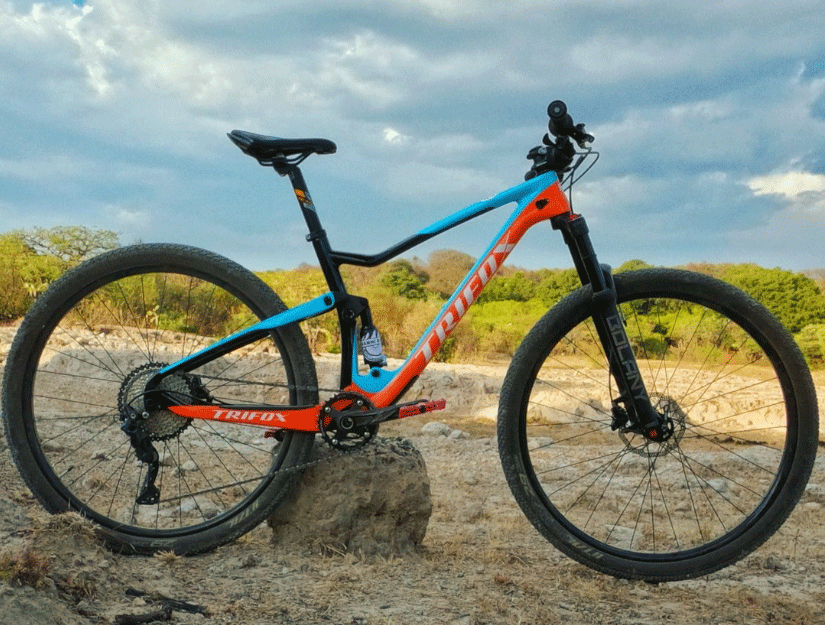
The mountain biking handlebar stem is one of the most critical components of your bike. It is the connection point between your handlebars and your bike. It not only plays a significant role in determining the comfort and control of your ride but also affects the way your bike handles. Choosing the right MTB handlebar stem depends on a variety of factors, including your riding style, body type, and bike type. In this blog post, we will guide you on how to choose the best handlebar stem for your riding style. 1. Length and Height The length and height of the handlebar stem are the two most critical factors to consider when choosing a handlebar stem for your mountain bike. The length and height of your stem will affect your reach, your riding position, and the overall handling of your bike. Longer stems will provide a more stretched-out position, while shorter stems will provide a more upright riding position. Moreover, taller stems will raise the height of your handlebars, which can be helpful if you have a shorter torso. 2. Material The handlebar stem is available in various materials, including aluminum, carbon fiber, and titanium. Aluminum is the most popular material for handlebar stems, primarily because of its strength, durability, and affordability. However, if you are looking for a more lightweight and rigid option, then carbon fiber is the way to go. 3. Clamp Diameter Another critical consideration when choosing an MTB handlebar stem is the clamp diameter. The clamp diameter should match the diameter of your handlebars to ensure a secure fit. Most handlebar stems have clamp diameters of either 31.8 mm or 35 mm. However, there are some outliers that require a specific clamp diameter size. 4. Angle The angle of your handlebar stem will also affect your riding position and comfort. The angle is usually measured in degrees, with most stems ranging from 0 to 17 degrees. An upward angle is excellent for riders who prefer a more upright, relaxed position, while downward angles are perfect for those who want a more aggressive riding position. Conclusion: Choosing the right handlebar stem for your mountain bike is crucial for a comfortable and enjoyable ride. Consider your riding style, body type, and bike type when selecting a handlebar stem. Remember to consider the length and height, material, clamp diameter, angle, and brand. By following these guidelines, you can enhance your riding experience and progress to your maximum potential.

If you're a biking enthusiast, then you probably know how crucial it is to invest in high-quality bike wheels. Bike wheels are a crucial element in the cycling process, as they significantly influence the bike's overall performance and ride quality. One of the most popular bike wheel sizes in the market today is the 700c bike wheel. What is a 700c Bike Wheel? 700c bike wheels are a popular bike wheel size used by road, hybrid, and touring bikes. The ‘700’ in its designation is simply a descriptor of the wheel's nominal diameter, while the ‘c’ is an indication that it’s designed to fit a bike tire with a clincher design. A typical 700c bike wheel has a diameter of 622 millimeters, which is the same as a 29-inch mountain bike wheel. Many manufacturers produce various rim and tire widths, making this bike wheel an ideal fit for various cyclist types. Advantages of a 700c Bike Wheel One of the best things about 700c bike wheels is that they are versatile and can fit different types of bikes. They have a standard diameter of about 622mm, making it a popular size among commuting and touring bikes. This standard diameter allows riders to choose from a wide variety of tire widths, tread patterns, and materials to best suit their riding style, surface, and condition. Because of their size, 700c wheels have a higher rotational speed than smaller wheels, making them an excellent choice for speed-oriented riding. Factors to Consider When Choosing a 700c Bike Wheel When selecting a 700c bike wheel, there are a few things you need to consider, such as material, rim width, weight, and tire size compatibility. Generally, 700c bike wheels are lighter than smaller wheels, making them great for longer rides and racing. Similarly, wheel material also matters significantly. Carbon fiber wheels, for instance, are ideal for aerodynamic speed performance. On the other hand, alloy wheels are more budget-friendly and popular among commuting and touring cyclists. Maintenance of a 700c Bike wheel Like all bike parts, maintaining your 700c bike wheels ensures they perform optimally for longer. To keep your wheels in pristine condition, ensure they stay clean and dry. Avoid using high-pressure water on your wheels, as this might damage them. Regularly check for tension and trueness and make sure the spokes are tight and not loose. Lubricate the hub and bearings regularly to ensure the wheel spins seamlessly. Conclusion: A 700c bike wheel is a crucial element in enhancing a cyclist's overall experience. These wheels are versatile, lightweight, and provide higher rotational speed, making them perfect for speed riding. They are also an ideal choice for commuters and touring bikes as they can fit different tire widths and tread patterns. Therefore, when choosing a 700c wheel, keep in mind factors like material, width, and tire size. Lastly, maintaining your wheels through regular cleaning, truing, tensioning, and lubrication will significantly improve their lifespan.
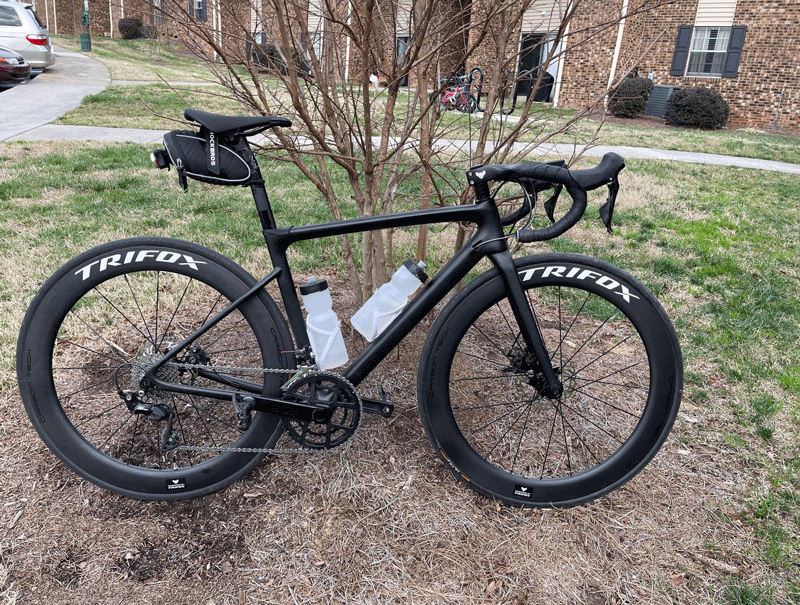
Mountain biking is an adventure-packed activity that requires not just skill but also the right gear to ensure a safe and enjoyable ride. Among the most important components of a mountain bike is the frame, which serves as its backbone and determines the bike's overall performance. Compared with other frame sizes, the 27.5 MTB frame has been widely utilized by many mountain biking enthusiasts for various reasons. In this article, we'll explore why the 27.5 MTB frame is the perfect pick for any mountain biker. 1. It suits different biking levels. The 27.5 MTB frame is the perfect size for various biking levels - whether you're a beginner or an experienced rider. This frame size provides the perfect balance between a large 29" wheel and the more nimble 26" wheel. It's also lighter and more responsive which suits the needs of riders who just want to cruise on trails or those who prefer jumps and technical terrain. 2. Easy to handle. The 27.5 MTB frame is smaller in size, making it much lighter when compared to the 29 inch. As a result, it's easy to maneuver through tighter trails. Beginners can quickly adapt to this frame size because of its ease of control, making biking more accessible and safer. 3. Increased stability. The 27.5 MTB frame is designed to provide better stability on the trails. It has a lower center of gravity, which translates to better handling, particularly when making sharp turns. This frame size can keep up with the natural movements and quick actions that mountain biking often requires. 4. Improved speed and performance. Most of the 27.5 MTB frame bikes come designed to provide maximum speed and performance on varying terrains. The smaller wheels and frame size make it easier to warp around tight turns while still capable of carrying speed. This flexibility and speed can make for an exhilarating ride in the mountains. 5. Better ride quality. The 27.5 MTB frame provides a smoother ride than its larger 29-inch counterpart. The reduced wheel size reduces the vibration that comes with riding over rough terrains. This feature makes for a more comfortable ride for riders who want to take on technical and rougher trails. Conclusion: The 27.5 MTB frame is a versatile frame size that is perfect for any mountain biker. From easing the trailblazing of beginners, to meeting the needs of experienced riders, offering a smoother ride quality, balance, and stability, this frame size has become a popular pick to many mountain biking enthusiasts. With an improved speed and performance, riders can have more fun enjoying the mountains and trails, making the ride and adventure an unforgettable experience. Ultimately, look out for the 27.5 MTB frame when next you go shopping for your next mountain biking adventure!
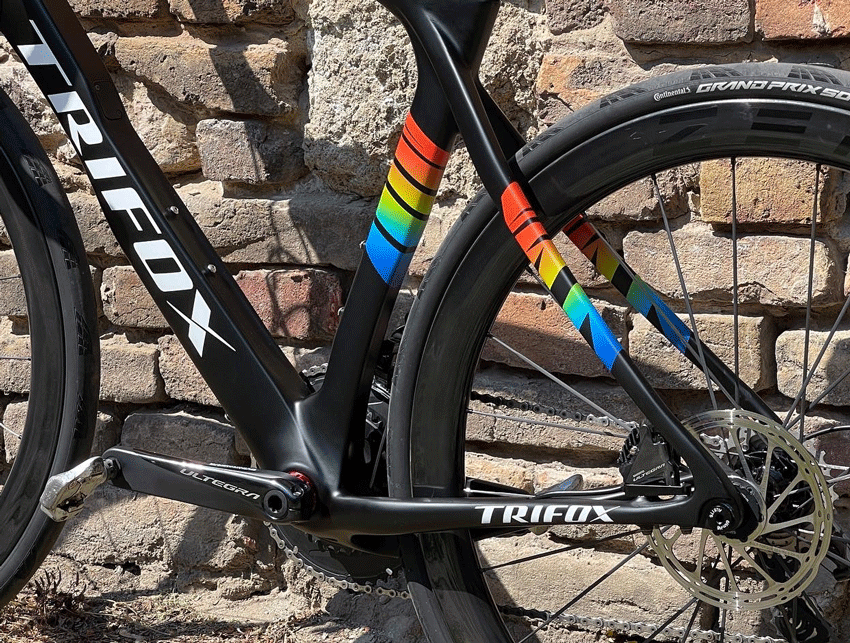
Mountain biking is a thrilling outdoor activity that gets your heart rate up, lungs pumping, and adrenaline rushing as you ride on the rugged terrain. It's no wonder why more and more people are getting into this sport. When it comes to mountain biking, having the right equipment and gear is critical to your performance and experience. One of the most debated topics in mountain biking is the wheel size. While 26-inch wheels have been the standard for years, 29 inch mountain bike wheels have gained immense popularity in recent times. In this blog post, we will explore the reasons why 29-inch mountain bike wheels are worth the hype. 1. Improved Rolling Efficiency and Speed 29-inch wheels have a larger diameter than 26-inch wheels, which means they can roll over obstacles more easily and have a greater contact patch with the ground. The increased rolling efficiency translates to more speed, which is essential when you're tackling technical terrain and trying to shave seconds off your lap times. The larger wheels also provide a smoother ride and better stability so you can pedal harder and faster. 2. Enhanced Traction and Control The wider rims of 29-inch mountain bike wheels allow for greater tire volume, which provides more rubber on the trail. This increased surface area results in improved traction and control, especially on loose and rocky terrain. You'll feel more confident and stable while riding, which will allow you to take on more challenging trails and push your limits. 3. Better Handling and Comfort The larger the wheel, the more stability and control a rider will have. While 26-inch wheels may be more maneuverable in tight turns, 29-inch wheels provide a smoother and more comfortable ride over bumpy terrain. The bigger wheels' stability helps you better maintain your line, and you'll find it easier to ride through rock gardens and technical terrain. 4. Versatility and Customization 29-inch mountain bike wheels are versatile and customizable, making them an excellent choice for various mountain biking disciplines. Experienced riders can adjust factors like air pressure, tire compounds, and treads to match different terrain types. With wider rims and bigger tires, 29-inch wheels also make it easier to convert into tubeless, which reduces weight, prevents flats, and improves grip. 5. Future Proofing As bike technology improves, we're seeing more and more manufacturers switching to 29-inch wheels. This trend has become more apparent as suspension technology becomes better and more utilized. Buying a bike with 29-inch wheels today means you're future-proofing your bike for further advancements. You're investing in a bike platform that will remain relevant for years to come, making it a wise choice for long-term mountain bike enthusiasts and anyone passionate about the sport. Conclusion: In summary, if you're an avid mountain biker, you'll appreciate the features that come with 29-inch mountain bike wheels. They are faster, smoother, provide better traction, and enhance your control and handling of the bike. Choosing a 29-inch wheel also means you're investing in the future of biking technology. The downside to these wheels can be their maneuverability in tight sections, but their benefits far outweigh that minor inconvenience. Why not give 29-inch mountain bike wheels a try and experience the difference for yourself? Happy biking!

Riding a bike is one of the best ways to stay fit and healthy. However, sometimes, while riding your bike, you might notice a strange noise coming from the hub of your bike. This noise can be annoying and distracting but also may indicate a problem that needs to be addressed. In this post, we provide you with tips on how to fix bike hub noise, so you can get back to enjoying your ride in peace. 1. Clean and Lubricate the Hub The first thing to try is to clean and lubricate the hub. Dirt, dust, and moisture can accumulate inside the hub, resulting in friction and noise. You can clean your bike hub with a soft rag and mild detergent. Once the hub is clean and dry, add some lubricant to the bearings. This will help to reduce friction and noise within the hub. 2. Adjust the Hub Bearings If cleaning and lubrication do not solve the problem, you may need to adjust the hub bearings. To do this, remove the wheel from the bike and take apart the hub. Carefully remove the bearings and check for signs of wear or damage. Replace any worn or damaged bearings with new ones, then reassemble the hub and adjust the bearing tension. 3. Tighten Loose Spokes Another possible cause of bike hub noise is loose spokes. If your spokes are loose, they can cause vibration and noise, especially when you are going downhill or riding on rough terrain. To tighten loose spokes, use a spoke wrench to tighten each spoke evenly until they are all snug. Be careful not to overtighten them, as this can cause the wheel to warp. 4. Replace Worn Parts If none of the above solutions work, it is possible that one or more parts of your bike hub are worn and need to be replaced. This can include the bearings, the axle, or the cassette body. Worn parts can cause noise, vibration, and even failure of the hub, so it is important to replace them as soon as possible. 5. Seek Professional Assistance If you are not confident in your ability to fix bike hub noise, or if the noise persists despite your best efforts, it is best to seek professional assistance. A bike mechanic will be able to diagnose and fix the problem quickly and efficiently, giving you peace of mind and a quiet ride. Conclusion: Bike hub noise can be frustrating, but it is usually a solvable problem. By following the tips provided in this post, you can diagnose and fix the source of the noise and get back to enjoying your ride in silence. Remember to clean and lubricate the hub, adjust the bearings, tighten loose spokes, replace worn parts, and seek professional assistance if needed. With these solutions, you can keep your bike in top condition and enjoy all the benefits of a healthy, active lifestyle.
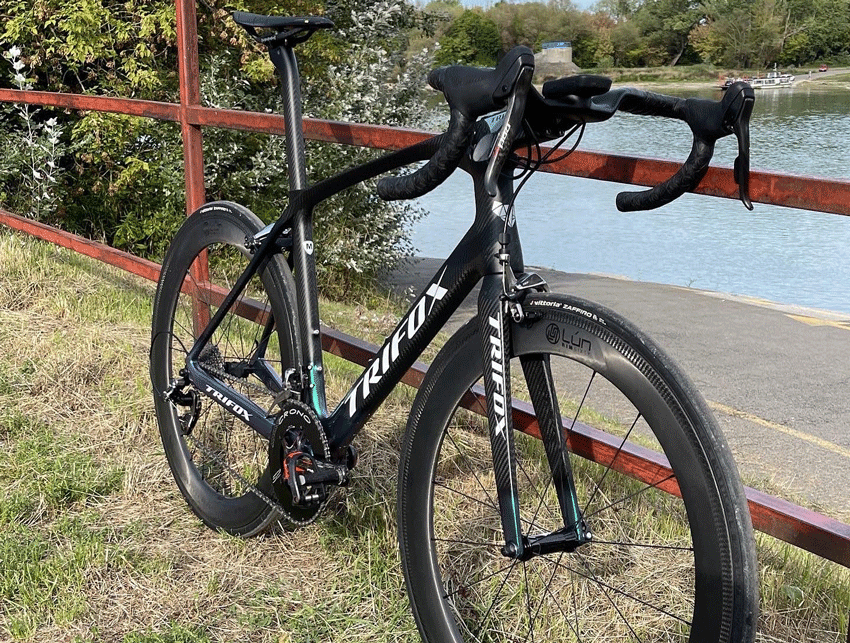
When it comes to cycling, the quality and performance of bike components are crucial for a smooth and safe ride. One of the most crucial parts of a bike's drivetrain is the wheel bearings. And when it comes to wheel bearings, cup, and cone bearings are the most commonly used. In this blog post, we'll dive deep into what cup and cone bearings are, their benefits, how to maintain them, and some tips on selecting the right ones for your bike. What are Cup and Cone Bearings? Cup and cone bearings are a type of cartridge bearing consisting of an outer and inner race or cups, with a row of ball bearings in between. The cups and cones are typically made of steel or aluminum, and the bearings themselves are usually steel with a layer of grease. The cups are pressed onto the hub, while the cones are inserted to the axle. Their operation is simple; the bearings inside the cups and cones allow the hub to spin freely around the axle, helping the wheel spin smoothly. Benefits of Cup and Cone Bearings Cup and cone bearings offer several benefits to cyclists. For starters, they are relatively inexpensive compared to other types of wheel bearings. They are also very durable, making them perfect for all types of cycling conditions, including off-road and rough surfaces. Furthermore, the balls inside the cups and cones distribute weight evenly, reducing friction, and making the ride smoother. How to Maintain Cup and Cone Bearings Cup and cone bearings are low-maintenance bike components that require periodic cleaning and maintenance. You should clean the bearings at least once a year, depending on the number of miles you ride. Start by removing the wheel from your bike and then disassemble the hub, separating the cups and cones. Inspect the bearings for signs of wear or damage and replace them if necessary. Tips for Selecting the Right Cup and Cone Bearings When selecting the right cup and cone bearings, you need to consider several factors such as the type of cycling you do, your weight, and the terrain you ride on. For instance, if you're a regular commuter or ride on tarmac roads, you can opt for low-end bearings as they will not endure excessive wear and tear. However, for off-road or mountain biking, it's better to opt for mid-range or high-end bearings, which will offer better durability. Conclusion: As a cyclist, keeping your bike in top condition is essential for a safe and comfortable ride. With this blog post, we hope you have learned everything you need to know about cup and cone bearings. Be sure to maintain them regularly, select the right ones for your bike, and ride safely. Happy cycling!
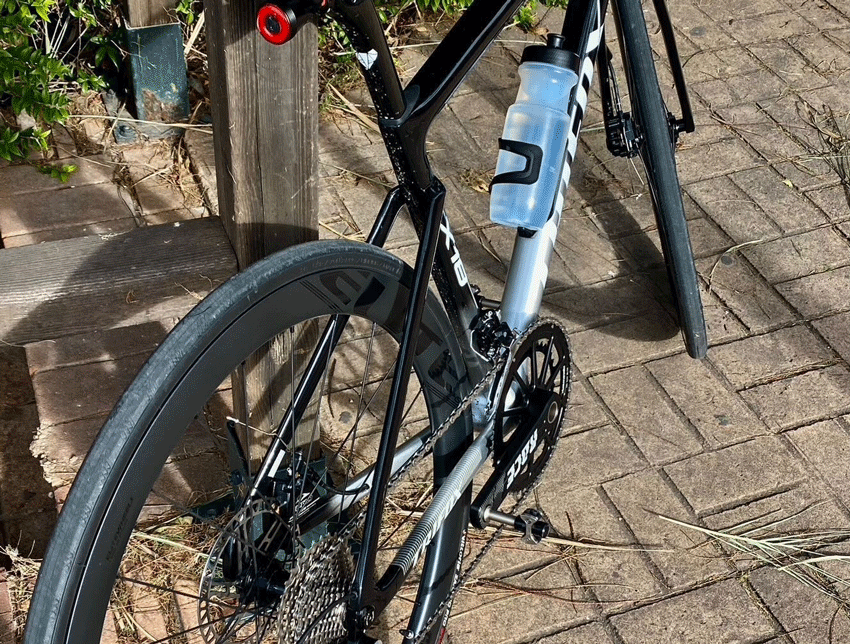
If you are an avid cyclist, you understand how important it is to have a reliable and efficient bicycle. One of the essential parts of a bike is the hub which connects the wheel to the frame and allows for smooth rotation. While traditional quick-release hubs have been the norm for decades, more and more cyclists are switching to the bolt-on hub. In this post, we'll explore what a bolt-on bike hub is, its benefits and drawbacks, and how it can change your cycling experience for the better. What is a Bolt-on Bike Hub? A bolt-on bike hub is a type of hub that is secured to the frame with bolts instead of quick-release levers. Typically, bolt-on hubs have a stronger connection to the frame, making them more secure and less likely to come loose in high-stress situations such as sprinting or on rough terrain. Additionally, bolt-on hubs can help reduce the risk of theft as they require a tool to remove, unlike quick-release hubs, which can be taken off with bare hands. Benefits of a Bolt-on Bike Hub One of the main benefits of a bolt-on hub is its improved stability. Quick-release hubs can sometimes come loose, causing the wheel to wobble, which can be dangerous during a ride. Bolt-on hubs, on the other hand, provide a secure connection, ensuring the wheel is always stable and reducing the risk of accidents. Additionally, bolt-on hubs are more efficient as they provide more direct power transfer from the pedaling motion to the wheel. Drawbacks of a Bolt-on Bike Hub While the benefits of a bolt-on bike hub make it an attractive option for any cyclist, there are a few drawbacks to consider. Firstly, bolt-on hubs can be more challenging to remove, which can be an issue when fixing a flat tire or performing maintenance. Secondly, bolt-on hubs are typically more expensive than quick-release hubs due to their increased stability and security features. Lastly, because bolt-on hubs require a specialized tool to remove, they can be less convenient when traveling with your bike. How a Bolt-on Bike Hub Can Change Your Cycling Experience A bolt-on bike hub can transform your cycling experience by improving the stability and power transfer of your bike. You'll feel a significant difference in your riding performance when you switch to a bolt-on hub, particularly when sprinting or climbing. It will also provide you with more confidence that your bike is secure, reducing the risk of accidents. Lastly, you'll have added peace of mind that your bike is less likely to be stolen due to the increased security features. Conclusion: In conclusion, a bolt-on bike hub is an excellent investment for any cyclist looking to enhance their riding experience. While it may require a more significant initial cost and can be less convenient at times, the added stability, power transfer, and security features make it well worth it. If you're considering upgrading your bike's hub, a bolt-on hub is the way to go.

















